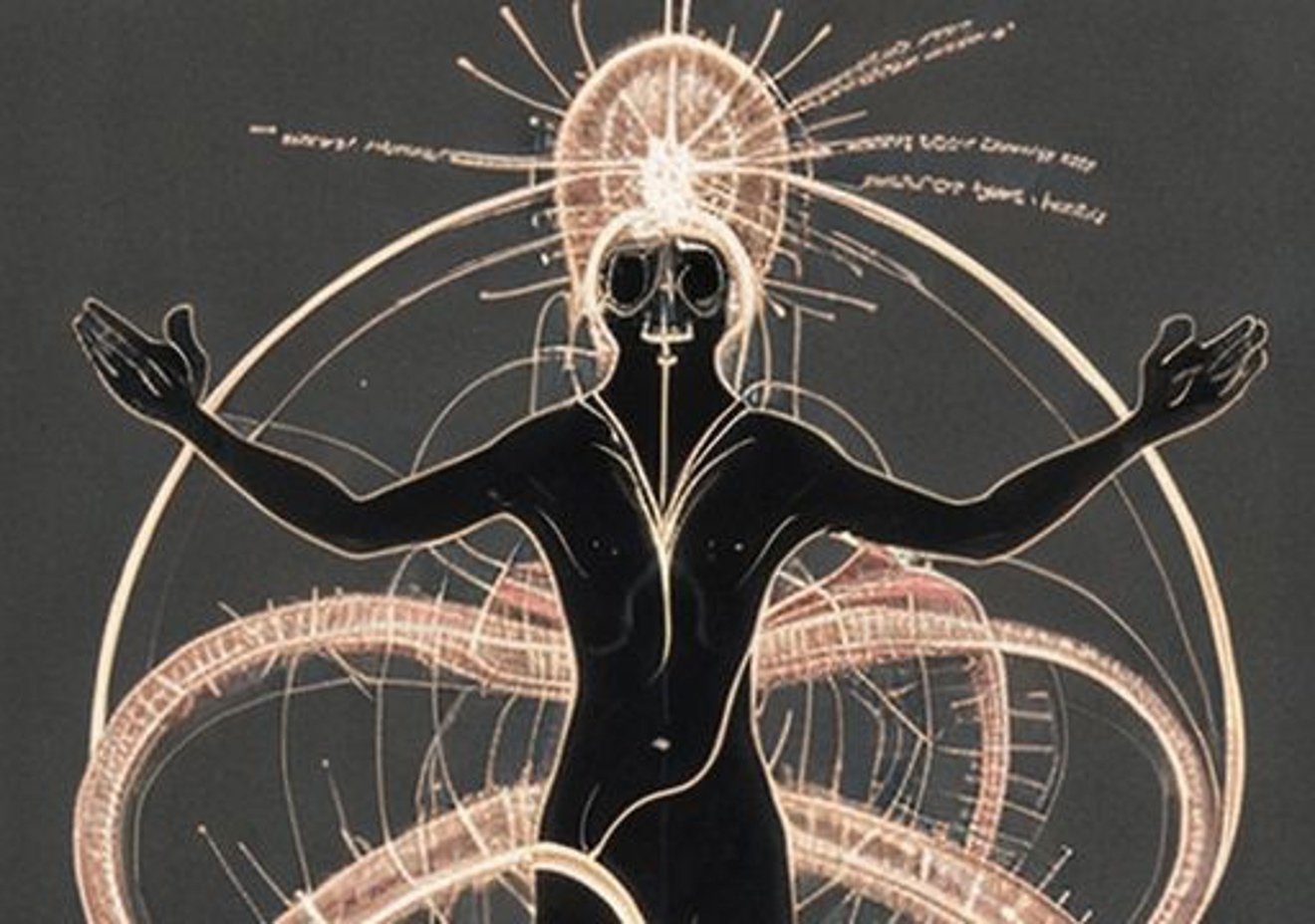I think it is necessary to explain the essence of the project of my gallery.
It is no secret that SD visualizes prompts based on tokens, which are formed from incoming text.
it seems obvious that a query like "red cat" should produce a result like a red cat.
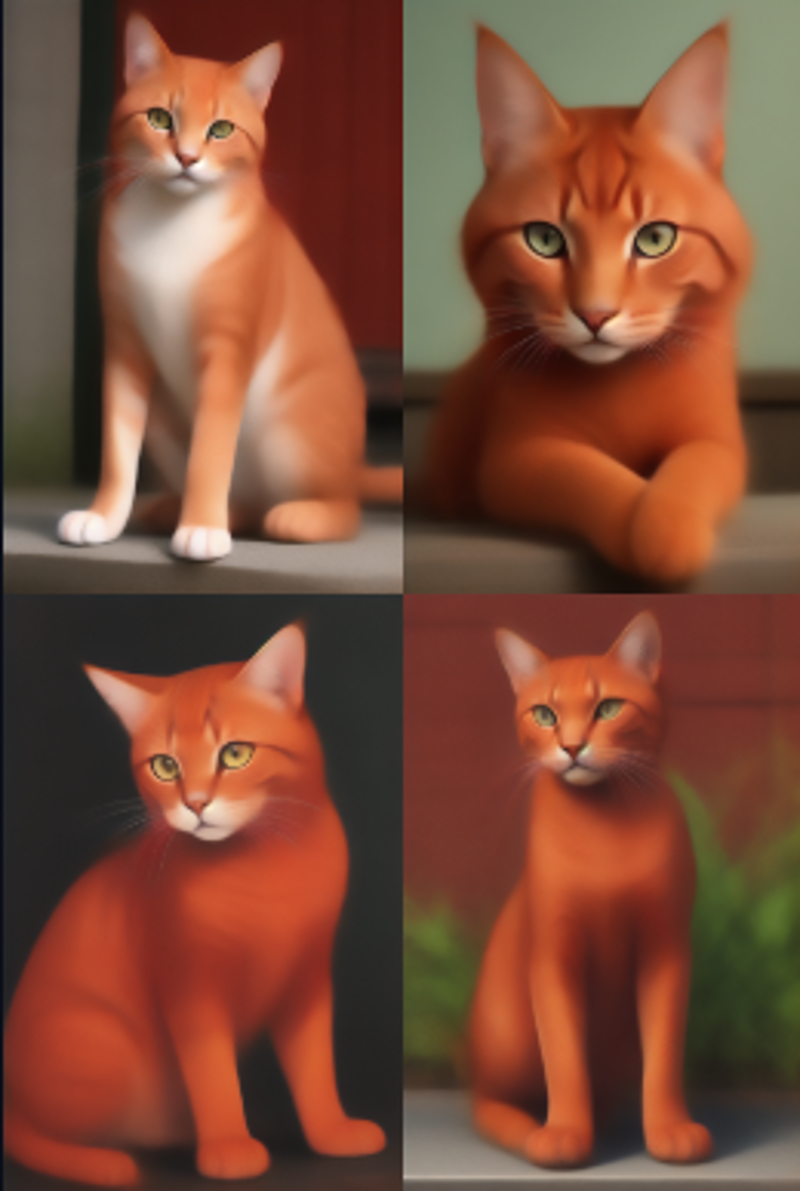
However, it is also no secret that any text entered into the SD will be converted into tokens.
What will happen if a random text is sent as food for tokens?
In the context of this experiment, I called it MindKey.
This is one word created from any symbols, in this context the Mindkey will be directly “cat”
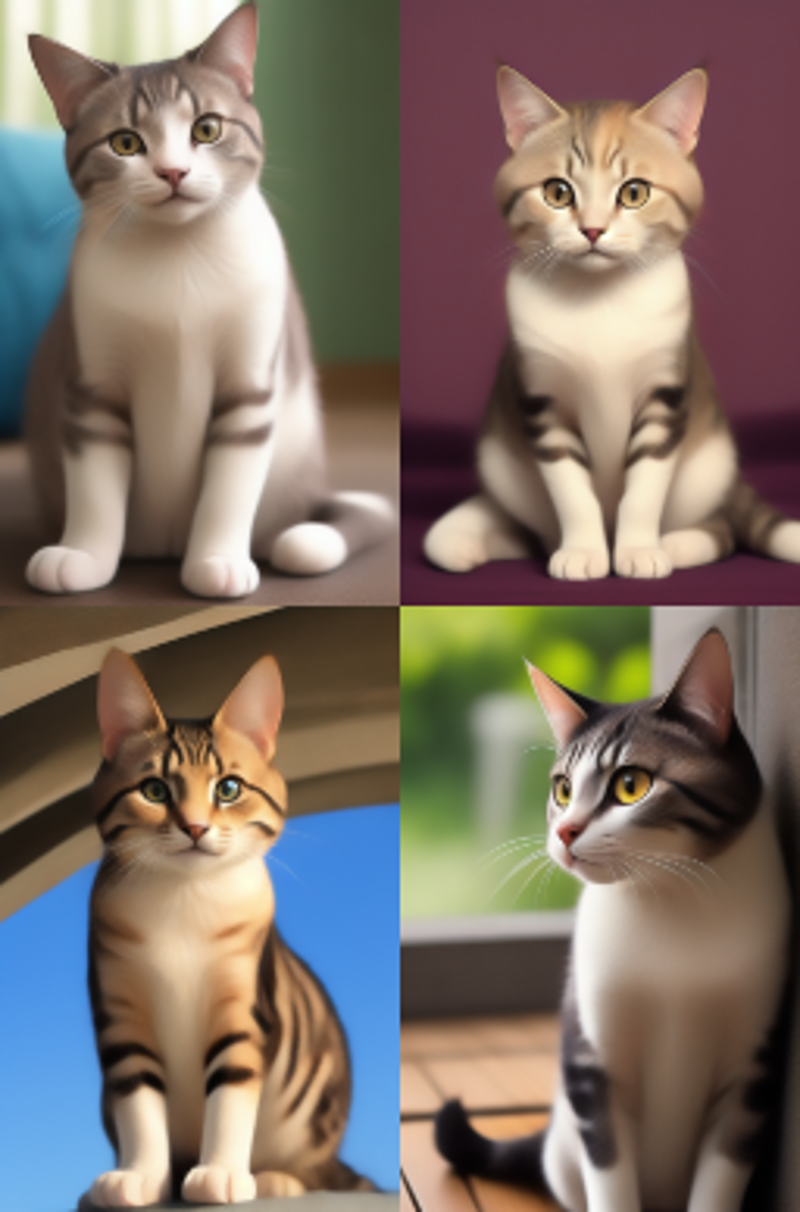
But what if it's "lepusaaf" ?

as we can see, this set of symbols gives tokens, which can also be implemented by a completely consistent cat animal.
so MindKeys...
The point of the experiment was to force the SD to generate interesting content independently, without much participation. Just to see "Do Robots Dream of Electric Sheep"?
I wrote the simplest software that allowed me to generate words from a set of random syllables that often have no meaning in human understanding. At the same time, they remain completely legal food for the receiver that converts text into tokens for SD.
The main tool for the research was the random word generator, and the Automatik1111 script, which allows us to charge a whole block of prompts for generation.

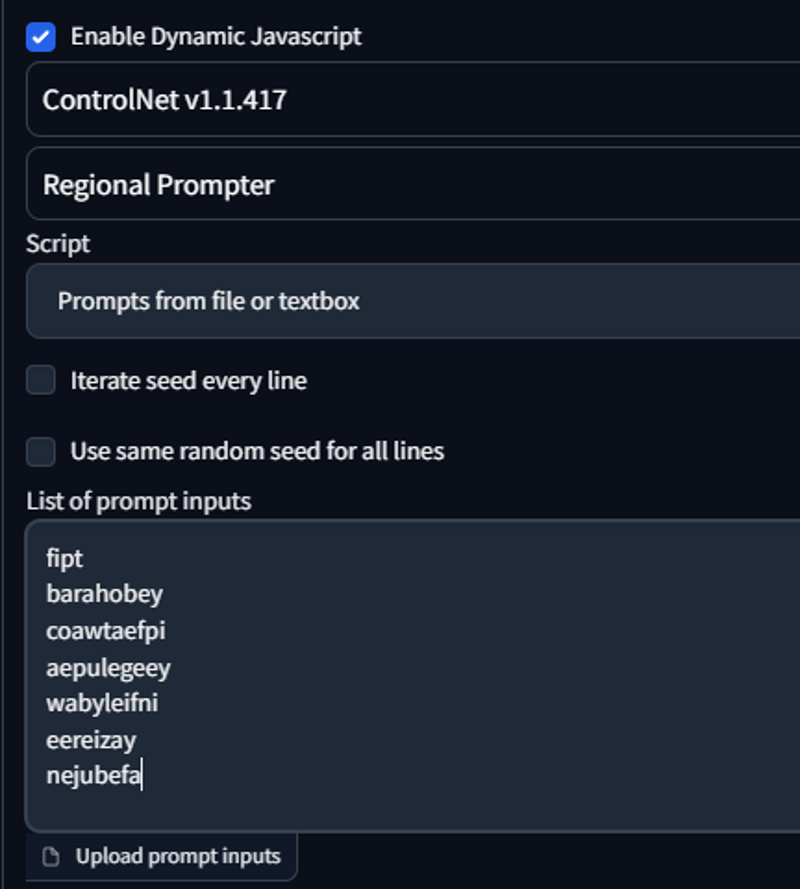
this made it possible to easily create thousands of words that do not exist in the human language, which are nevertheless excellent for SD as food for generation.
By loading thousands upon thousands of these words, and generating 3 primitive pictures for each such “mindkey” word, I received hundreds of megabytes of images suitable for recognition.
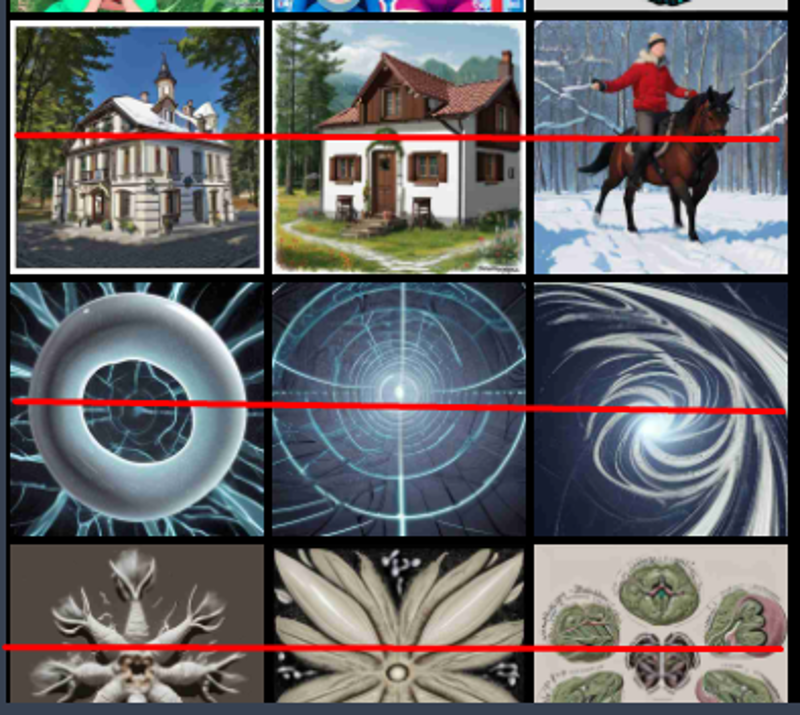
Such a volume of data led to the creation of several additional tools, such as a single-file image gallery collector, in order to pack thousands of these images in compressed form into one small file.
https://tnormandao.github.io/imgs_to_html_gallery/
So, MindKey recognition
The ability to generate thousands of test images and created tools for convenient storage made it possible to approach the process of researching SD on an industrial scale.
Over the past couple of months, tens of thousands of mindkeys have been received, perhaps hundreds. And of course, this is an insignificant drop compared to how many of them exist in principle.
But what is MindKey?
MindKey can be compared to a chord in which a set of notes sounds, but in the case of SD it is a chord on a guitar with tens of thousands of strings.
Of course, not every combination of these “notes” gives any stable result.
More than 80 percent of Mind Keys are a mess that is not focused enough and produces completely different results. Which gives reason to believe that for SD it is just noise.
But what about the other 20 percent?
The remaining 20 percent is the amazing world of the SD subconscious, which is capable of generating from quite familiar things.
"fihibutes" - various pastries

"newliepcolhuntab" - in most cases a set of office supplies

But the MindKey can also store the concept of a specific environment.
"tainnetinments" - various landscapes and interiors of the industrial zone

"atbnelyibodper" - streets of a small southern European non-existent town

Also, the Mindkey can store the necessary set of data to recreate a specific character
"tesabdejolamo" - A specific woman in a dress, often with a similar, recognizable face.

"lukekeat" - A college-aged guy in appropriate clothing is also easily recognizable.
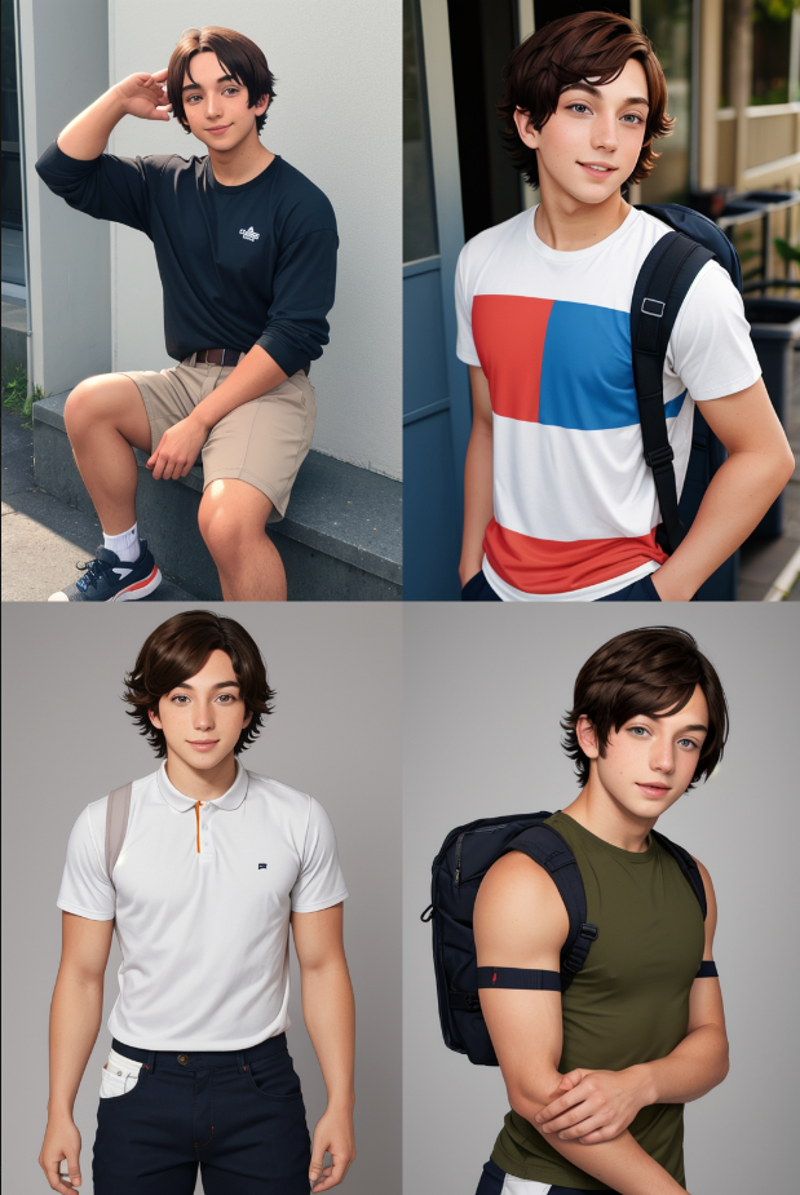
The Mindkey may be a more complex concept.
"arpowetufim" - style similar to the drawings of which artist

"arnebuahel" - cosmic nebula generator.

One of the serious problems with the stability of Mindkeys is that their “sound” in one model may differ from their “sound” in another. Therefore, a number of keys lose their consistency when trying to generate something similar in a model other than where they were found. It's like trying to play the same chord on a different musical instrument.
However, many of the mindkeys remain stable when changing models.
What is the meaning and possibilities of this concept?
The concept of a Mindkey is indistinguishable from the concept of “textual inversion” or otherwise “embedding”.
I have already mentioned the weak side about the loss of consistency, but the strong side is the relatively small weight in the context of the tokens used for reproduction, as well as the fact that this key is already in the SD design, and no additions are required for its use.
What about using Mindkeys?
The use of mindkeys is simple, and can be treated in the same way as the use of textual inversions.
Here is a simple example of combining the key of a woman in a dress and the key of a cosmic nebula. It can be seen that the addition of nebula caused the woman's clothing to become more graceful and wavy.
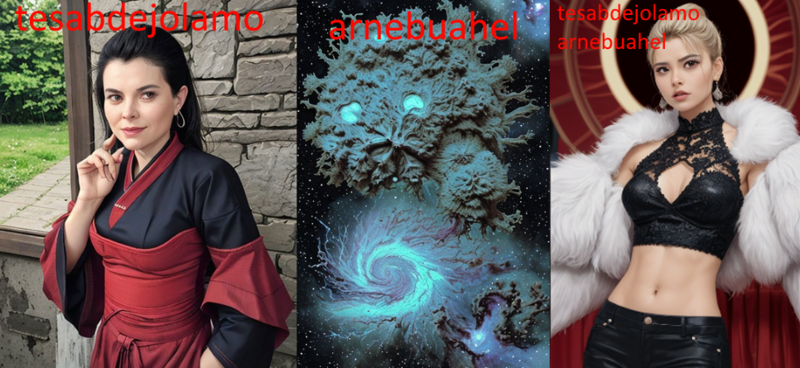
This effect can be enhanced to achieve amazing results.
tesabdejolamo ( arnebuahel:1.2 )

tesabdejolamo ( arnebuahel:1.5 )

tesabdejolamo ( arnebuahel:1.9 )

The examples given were generated without using improvement through a negative prompt, using only two words. And the main goal is to show how they can influence what is happening and how they can be used.
It should be taken into account that Mindkeys themselves are quite weak and can easily lose their weight if they are placed in a prompt with a large number of tokens. This is their nature.
However, they still have an excellent resource to use (and some of them are so strong that they have to be suppressed even in large prompts)
For example, using a Mindkey of a woman in a dress with Emma Watson's face.
No additional negative prompt improvements were used during creation. Just two words
"tesabdejolamo [:Emma Watson face: 0.5 ]"

Perhaps a lot has been said about what Mindkey is, and it should be noted that the entire gallery presented on my profile is essentially not my prompts, but found Mindkeys, prompts from one word.
All this, with the exception of a few posts - posts containing the result of generating one specific key. In this case, I can divide them into 4 main groups
Style, location, character and creature.
My contribution to the images in the gallery is no greater than that of the researcher who discovered and described something interesting. Therefore, I invite you to experiment with this funny phenomenon affected by SD consciousness.
(content generated and tested on 1.5 model and may differ from results in XL models)





